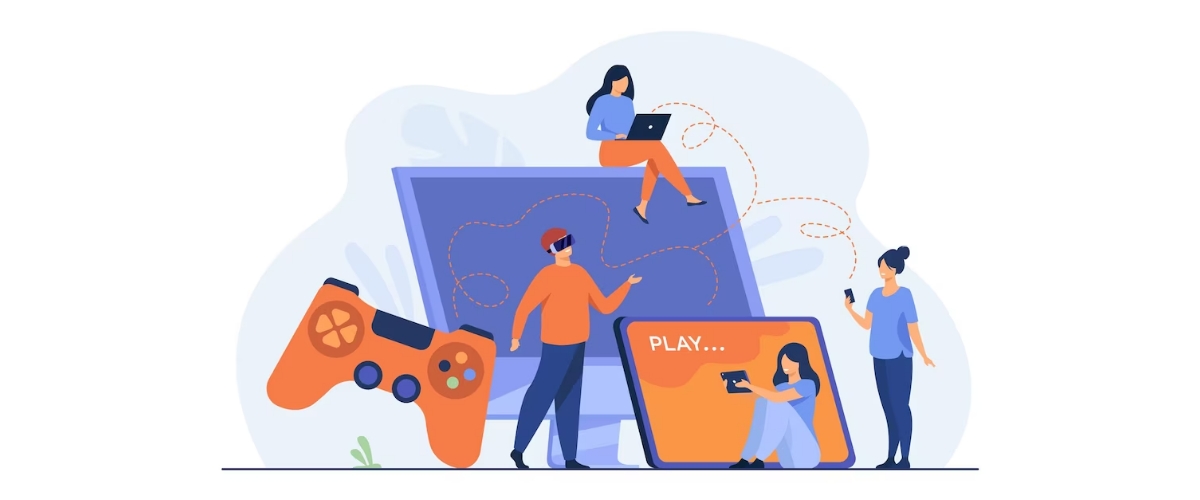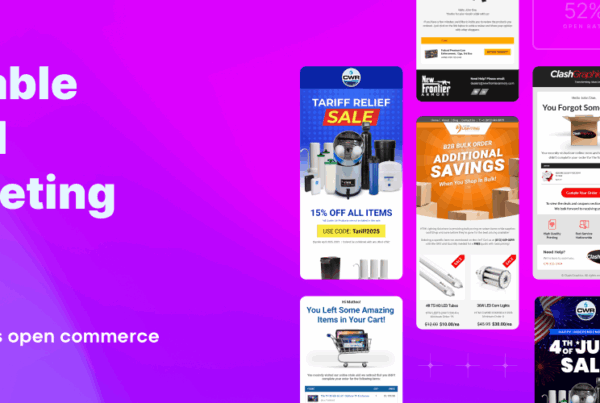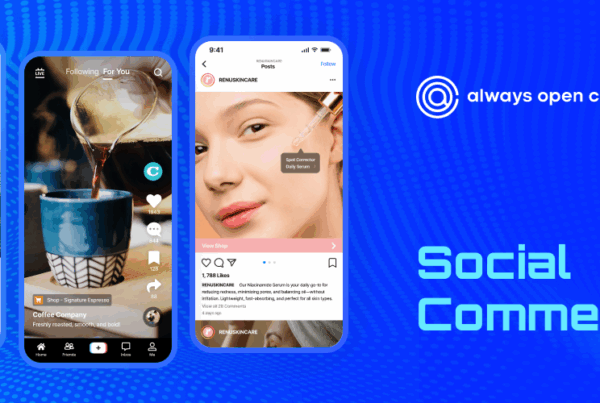In today’s world of super Droids and ginormous iPhones, immersion is everything—and it’s set to change how we market our products
Good marketing is not just showing content. It’s about giving an experience.
Err, that’s highly arguable, we agree. But there’s some truth to that, and it’s all thanks to the conception of technology so game-changing (excuse the pun) that marketers around the world revere it with so much hype.
At first, putting ‘games’ and ‘marketing’ side by side may sound strange, but they’re a match made in heaven. Your visitors have fun interacting with their beloved brands, while you as a company increases customer engagement. Win-win.
And the good thing about it is it didn’t stay as a hyped-up marketing campaign of otherworldly proportions. Gamification has developed into a $1.65 billion industry and is projected to reach 11.1 billion by 2020. By the onset of the new decade, gamified strategies are expected to dominate marketing practices as the primary medium to increase brand engagement and customer loyalty. Using gamification will help you secure a loyal pool of customers, long-term engagements, and valuable results for your business.
But what is gamification, and why does it work? Learn more right after the jump.
THE BASICS OF GAMIFICATION
Gamification is the practical application of techniques and concepts from gaming to marketing strategies. It’s essentially a process wherein you take the essence of what makes games so “immersive and irresistible” and integrate them into non-gaming experiences, such as marketing our tourism.
Remember when McDonald’s released a fast-food themed Monopoly game?
That’s one fine example of gamification. And the concepts you will use for your business can be actual games, trophies, or even points. The idea is that marketing content that mimics games is better at converting visitors into dollar-dispensing customers.
Does it work? The core elements of gaming added to your site? For the record, it may trigger a sense of achievement and make use of the competitive nature in people, encouraging them to stay on your website even more, because they simply enjoy staying there.
Also, by incorporating gamification into your business, you create a fun experience for your customers and audience, which may lead to a longer and more engaging relationship. Because there is a rewards system, customers get motivated to participate, and it could lead to an unprecedented activity rate for your website. Lastly, gamification also works well with other areas of your business. Think project management, talent acquisition, and more. The possibilities are almost endless.
THE PROS AND CONS
Your customers get to indulge in game-like euphoria, and you get to keep their dollars. Sounds like a win-win? Here are some thoughts to pond over.
- Gamification generally increases the engagement of customers, visitors, and partners. Which then turns to wider, more powerful brand awareness. Which ultimately materializes as either a one-time sale or long-term loyal patronage. The idea remains unchanged: it has the potential to get anyone who will visit your store hooked and hungry for what you have to offer.
- It speaks to the sense of achievement and competitiveness of your audience. Most shoppers like to spoil themselves in rewards. Performing better than their peers will leave them with a sense of achievement.
- However, gamification can get quite tedious. The system of getting achievements and rewards will become inevitably repetitive, and so your developers (yes, you will require a separate team for that) will have to innovate something again.
You also have to consider that gamification is not a widely accepted tool in the marketing world yet. Customers may find it unconventional, but if statistics are true, people will adapt to this trend easily in the future.
HOW DO YOU GET IT STARTED?
We list some tips on how to get started with gamification in your marketing strategy.
- Set your goals. Get a good overview of what you believe could use a little help from this wonderful invention.
- Focus on what your audience wants. “What’s going to work for them? What kind of games will appeal to them the most?” Always remember: a game will not be the same for an older audience than for a younger audience.
- Start small by implementing subtle elements first before going big or overboard. You can launch a small game and see how it goes. Let your customers have little challenges and quizzes to reward them.
- Be clear with the rewards you’re giving away. These rewards can be monetary or in the form of in-house, cash-convertible points.
- Most importantly, make it fun and memorable.
In a dynamic world such as marketing, innovation is always the name of the game. Gamification is an incredible crossover—the union of two unsuspecting ideas that are star-crossed lovers. The best news is: it’s here to stay—and for a long while.
Interested in enhancing your website? Always Open Commerce can help you integrate creative elements into your online store! Overhaul, redesign, and breathe life to your site with our exceptional solutions designed for your e-commerce needs. Give us a call or shoot us an email through this page so we can hear more.












